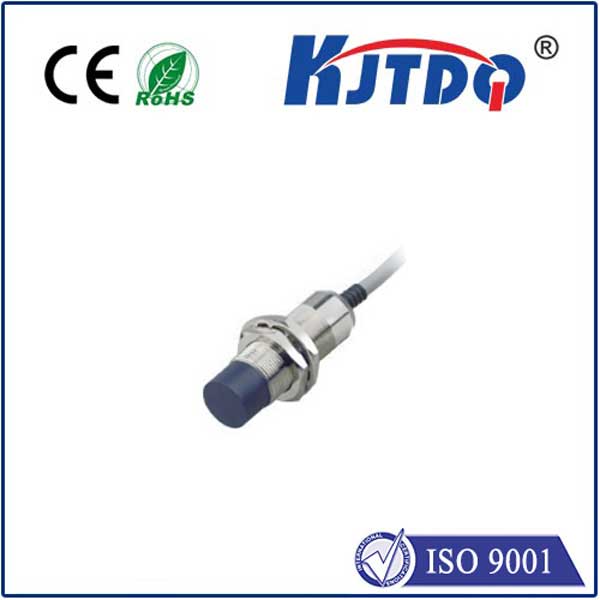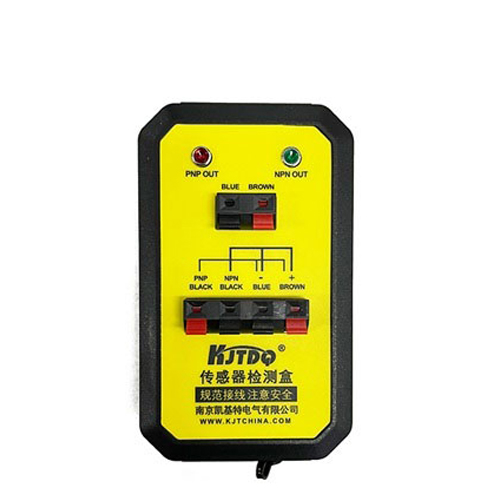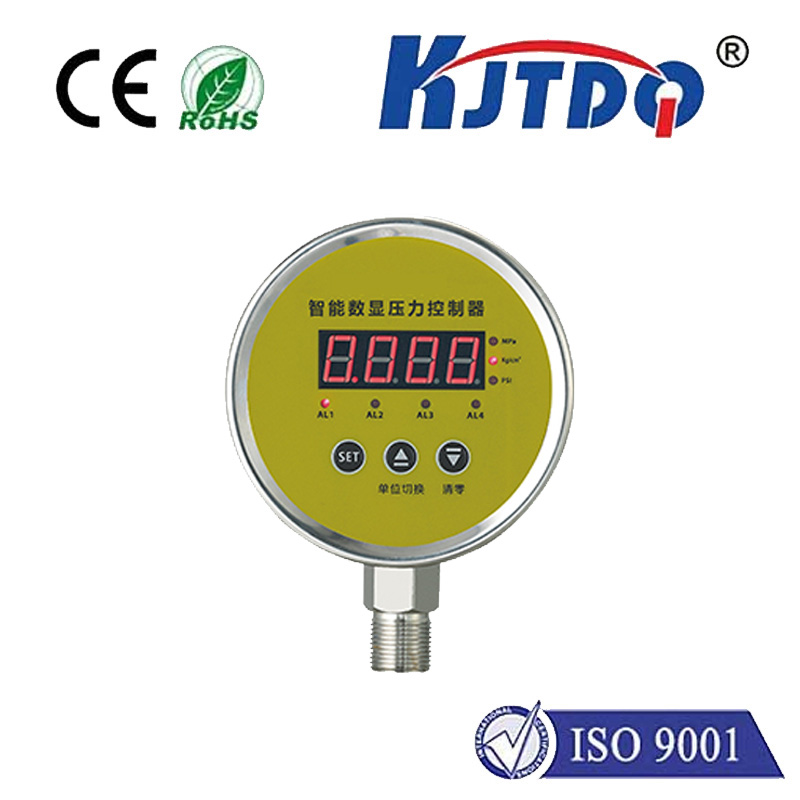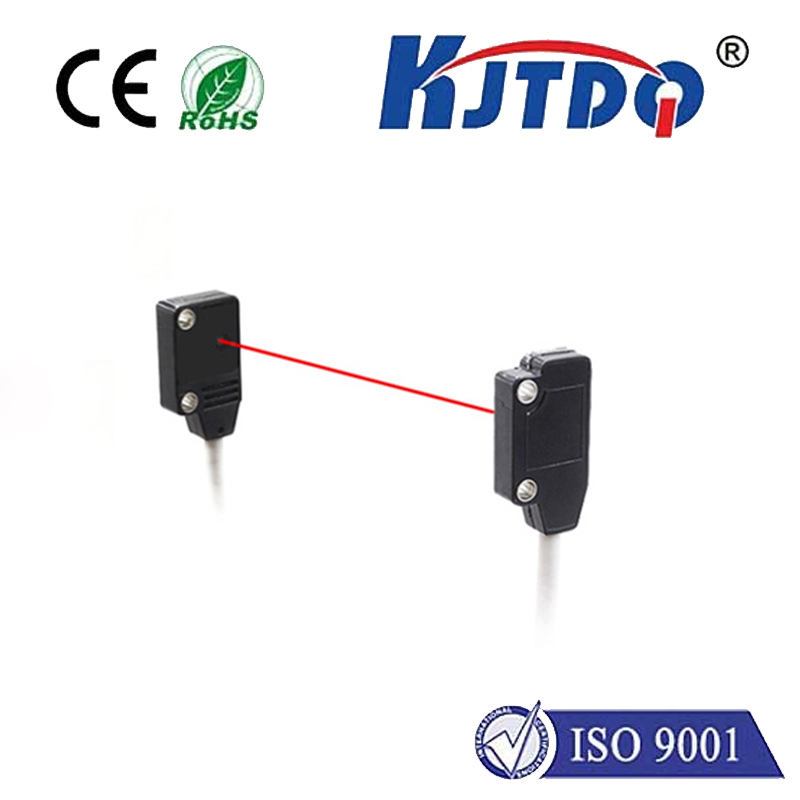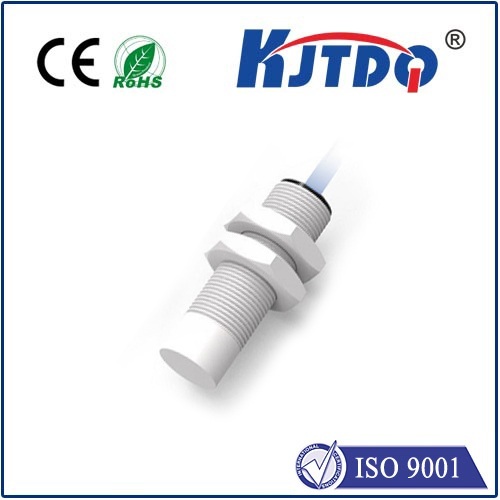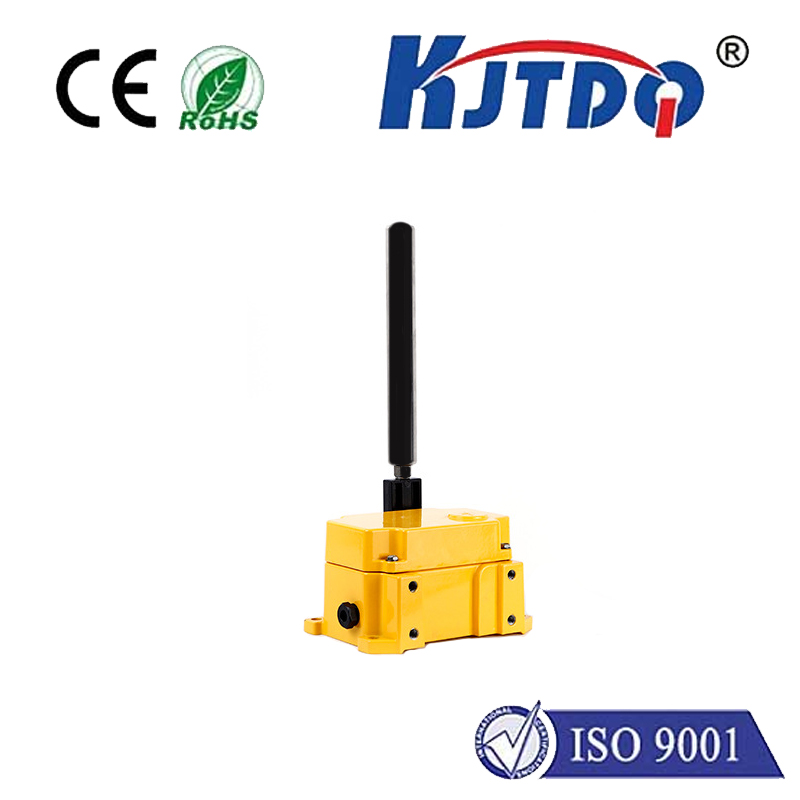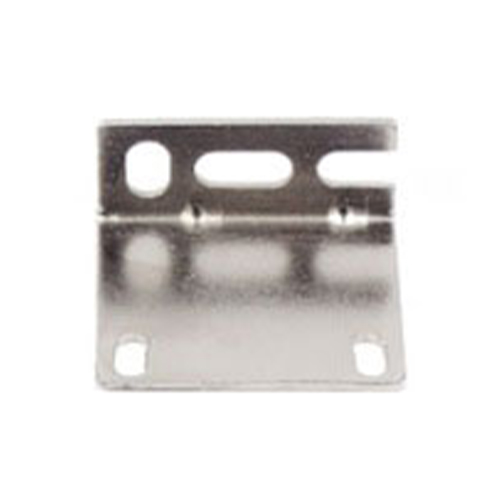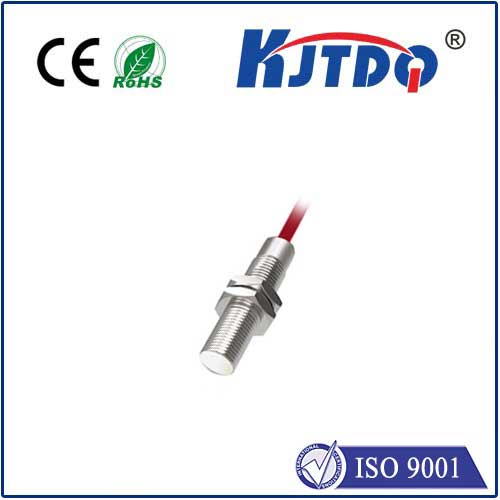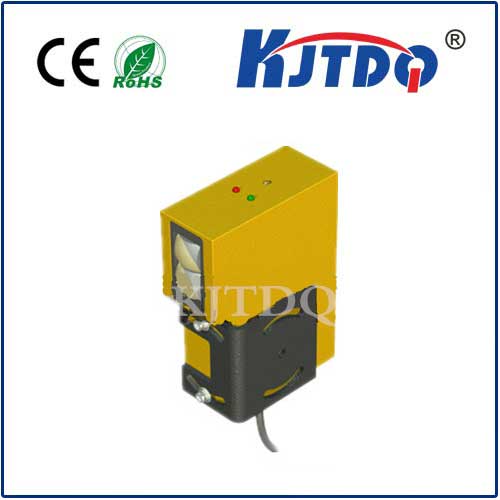q&w proximity sensor 6-36v
- time:2025-09-08 13:49:44
- Click:0
Unlock Reliability: The Robust Q&W Proximity Sensor 6-36V for Demanding Automation
In the relentless world of industrial automation, where milliseconds matter and unexpected downtime costs thousands, the humble proximity sensor is a guardian of efficiency. Choosing the right sensor isn’t just a specification checkbox; it’s a cornerstone of operational resilience. And when your operation demands unwavering performance across fluctuating power environments, the Q&W Proximity Sensor 6-36V DC emerges as a compelling solution. This sensor isn’t just about detection; it’s about delivering consistent, dependable performance where voltage stability is a luxury, not a guarantee.
Why Voltage Range Matters: The 6-36V DC Advantage
The “6-36V DC” specification isn’t arbitrary; it’s a critical design feature addressing a common industrial challenge: variable power supply voltage. Not every machine runs on a perfectly stable 24V DC. Consider these scenarios:
- Brownouts & Surges: Electrical grids aren’t perfect. Temporary dips (brownouts) or brief spikes can occur. A sensor requiring a tight voltage window (like only 10-30V) might malfunction or reset during these events. The Q&W sensor’s wide 6V to 36V DC operating range provides significant headroom, ensuring it stays operational through minor fluctuations without skipping a beat.
- Multi-Voltage Machinery: Facilities often have equipment originating from different regions or eras, operating on various standard voltages (12V, 24V, sometimes even 32V). A sensor rated for 6-36V eliminates the need to stock multiple sensor types. It seamlessly integrates into 12V, 24V, and intermediate DC systems, simplifying inventory and reducing installation errors.
- Mobile & Battery-Powered Equipment: Applications like AGVs, mobile lifts, or battery-powered tools experience significant voltage drops as batteries discharge. Starting from a full charge (higher voltage) down to near-depletion (lower voltage), a 6-36V sensor continues functioning reliably throughout the battery’s usable range, maximizing uptime and preventing premature sensor failure due to undervoltage.
- Long Cable Runs: Voltage drop over long cable distances is a real phenomenon. A sensor specified down to 6V DC can tolerate the reduced voltage reaching it at the end of a long run much better than one requiring a higher minimum voltage.
This inherent voltage flexibility translates directly to increased system reliability, reduced unexpected stops, and lower long-term maintenance costs. It’s a feature built for the real-world complexities of the factory floor.

Core Technology: Inductive Sensing Excellence
The Q&W Proximity Sensor 6-36V DC leverages robust inductive sensing technology. Here’s how it delivers precision and resilience:
- Contactless Detection: Using an electromagnetic field, it detects the presence of metallic targets (ferrous metals like steel and iron are most sensitive, with reduced range for non-ferrous metals like aluminum or brass) without physical touch. This eliminates mechanical wear, making it ideal for high-cycle applications.
- Solid-State Reliability: With no moving parts to break or wear out, these sensors offer exceptional long-term durability and resistance to vibration, shock, and contamination like dust or oil (specific IP rating dependent on model variant - always check datasheet for exact IP rating).
- Fast Response Times: Inductive sensors react incredibly quickly, capable of detecting targets thousands of times per minute, essential for high-speed assembly lines, counting applications, and precision positioning.
Key Features & Benefits of the Q&W Proximity Sensor 6-36V
Beyond the core voltage range, the Q&W sensor packs features designed for practical deployment:
- PNP (Sourcing) or NPN (Sinking) Output Options: Available configurations ensure compatibility with virtually any PLC or control system input card. Carefully select the output type required for your specific controller.
- Shielded or Unshielded Sensing Faces:
- Shielded (Flush Mountable): Can be installed flush within a metal bracket, offering protection and allowing detection of smaller targets closer to the sensor face. Ideal for space-constrained installations.
- Unshielded (Non-Flush): Provides a longer sensing range compared to shielded sensors of the same size but requires space around the sensing face free from surrounding metal.
- Multiple Sensing Distances: Available in various sizes (e.g., M8, M12, M18, M30 threaded barrels) corresponding to different standard sensing ranges (Sn). Selecting the appropriate size and Sn is crucial for reliable target detection.
- Robust Housing: Typically constructed from nickel-plated brass or robust plastics like PBT, designed to withstand demanding industrial environments.
- LED Status Indicator: A built-in LED provides visual confirmation of power and target detection status, simplifying setup, troubleshooting, and maintenance.
- Short-Circuit & Reverse Polarity Protection: Built-in safeguards help prevent damage due to accidental wiring mistakes or electrical faults, enhancing overall system resilience.
Typical Applications Leveraging the 6-36V Advantage
The Q&W Proximity Sensor 6-36V finds its home in countless demanding scenarios:
- Position Sensing: Verifying cylinder end position on pneumatic or hydraulic actuators is fundamental to automated sequences. Its voltage tolerance ensures reliability even if the machine’s power supply fluctuates.
- Object Detection on Conveyors: Counting products, detecting presence for sorting or processing, and confirming part positioning for robotic pick-and-place. Wide voltage range supports integration into diverse conveyor systems.
- Machine Safety: Used within safety circuits (though often requiring specific safety-rated devices - verify suitability) as part of door monitoring or guard position checks.
- Level Detection: Monitoring levels of metallic materials in hoppers, tanks, or bins.
- Speed Monitoring: Detecting gear teeth or other rotating metallic targets for RPM calculation or overspeed protection, even on equipment with unstable power sources.
- Mobile Machinery: On AGVs, forklifts, construction equipment, or agricultural machinery where battery voltage fluctuates significantly during operation.
- Packaging Machinery: High-speed detection of cans, foils, lids, and other metallic components critical to packaging line synchronization.
Installation & Selection Considerations
To maximize the performance of your Q&W Proximity Sensor 6-36V DC:
- Choose the Correct Output (PNP/NPN): Match the sensor output to your controller’s input requirements.
- Select Shielding Type: Decide based on mounting constraints and required sensing range. Shielded for flush mounting, unshielded for longer range without nearby metal interference.
- Determine Size & Sensing Range (Sn): Larger diameters generally offer longer Sn. Choose to comfortably detect your target at the required distance, allowing for a margin of safety (e.g., 70-80% of rated Sn).
- Mind the Environment: Ensure the sensor’s ingress protection (IP) rating aligns with its operating environment (dust, moisture, washdown). Review the datasheet for temperature ratings and chemical resistance if needed.
- Mount Securely: Ensure stable positioning. Vibration can cause false triggers or damage over time.
- Correct Wiring: Follow manufacturer wiring diagrams meticulously for power, output, and ground connections. Utilize the specified cable type and ensure terminations are secure. Don’t forget the necessary load resistor if using with PLC inputs designed for mechanical contacts.
The Q&W Proximity Sensor 6-36V DC embodies a practical solution engineered for the complexities of modern industrial automation. Its defining wide operating voltage addresses the critical need for stability in






